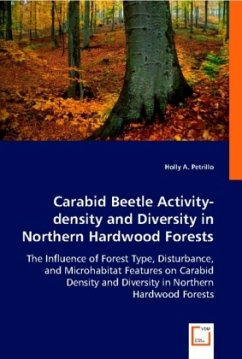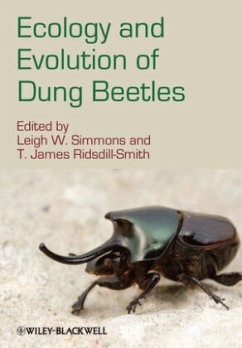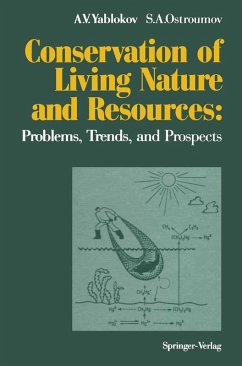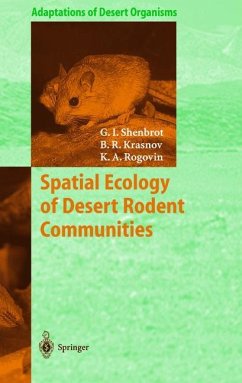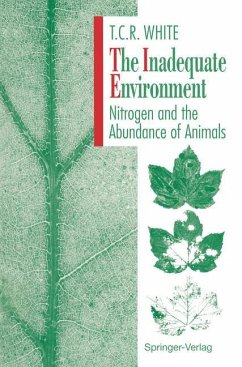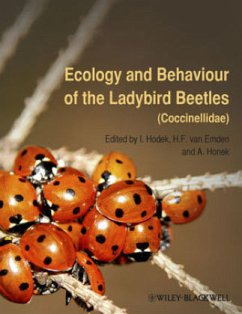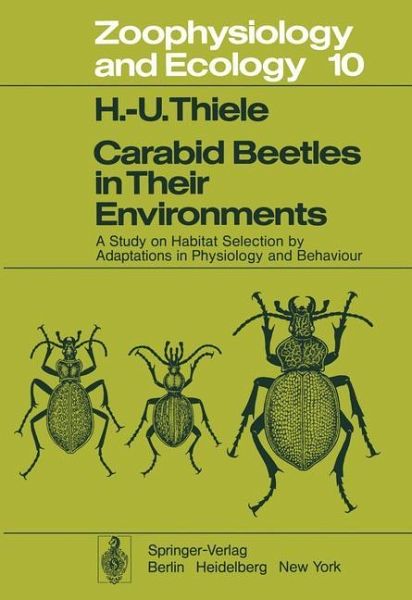
Carabid Beetles in Their Environments
A Study on Habitat Selection by Adaptations in Physiology and Behaviour
Übersetzung: Wieser, J.

PAYBACK Punkte
39 °P sammeln!
With the increasing numbers of research workers and groups of investigators devoting themselves to the ecology of carabids I felt that the time had come to take stock of the existing knowledge in this field and to endeavour to weld my personal results and those of other workers into a comprehensive picture. It was with these aims in mind that the following study was conceived. A further goal was to attempt to show to what extent research on carabids can contribute to the larger fields of research encompassing ecology, ethology and evolution. In my opinion the investigations on carabids permit ...
With the increasing numbers of research workers and groups of investigators devoting themselves to the ecology of carabids I felt that the time had come to take stock of the existing knowledge in this field and to endeavour to weld my personal results and those of other workers into a comprehensive picture. It was with these aims in mind that the following study was conceived. A further goal was to attempt to show to what extent research on carabids can contribute to the larger fields of research encompassing ecology, ethology and evolution. In my opinion the investigations on carabids permit us to draw conclusions of general applicability and, as such, comparable with those made in recent years upon other groups of animals. I am well aware of the risk involved nowadays in attempting, on one's own, to integrate results from a wide variety of scientific disciplines into a meaningful whole, and for this reason I am always grateful for corrections and for additional information. It is impossible for me to mention by name all of the col leagues who have given me their support in the preparation of the book. Reprints of their publications have been placed at my disposal by almost all of the authors cited, as well as by others whose names and works have been omitted merely in order to prevent the book from taking on encyclopedic pro portions. I am nevertheless indebted to them all for their cooperation.





